In an April post, I bemoaned the lack of use of my Pentax 6×7 set-up. Whilst an amazing camera with wonderful optics, I drew particular attention to the fact the images produced are not what I am looking for in my output. Super sharp, pretty, medium format negatives are not necessarily for me. I even mentioned that I have a penchant for ‘imperfect’ photographs, probably influenced by a liking for pioneering photographers of yesteryear. That’s where my second liking comes in: that of vintage folders, such as the Agfa Isolette viewfinder cameras.
The Agfa Isolette was originally launched in the 1930s under the name Jsolette but it is generally associated with the 1950s with a whole series of models and model variants. Other names include Isorette and Jsorette, and the Ansco badged Speedex. Apart from the rangefinder versions with their tessar-like lenses and fast shutters, most of the series are fairly low spec.
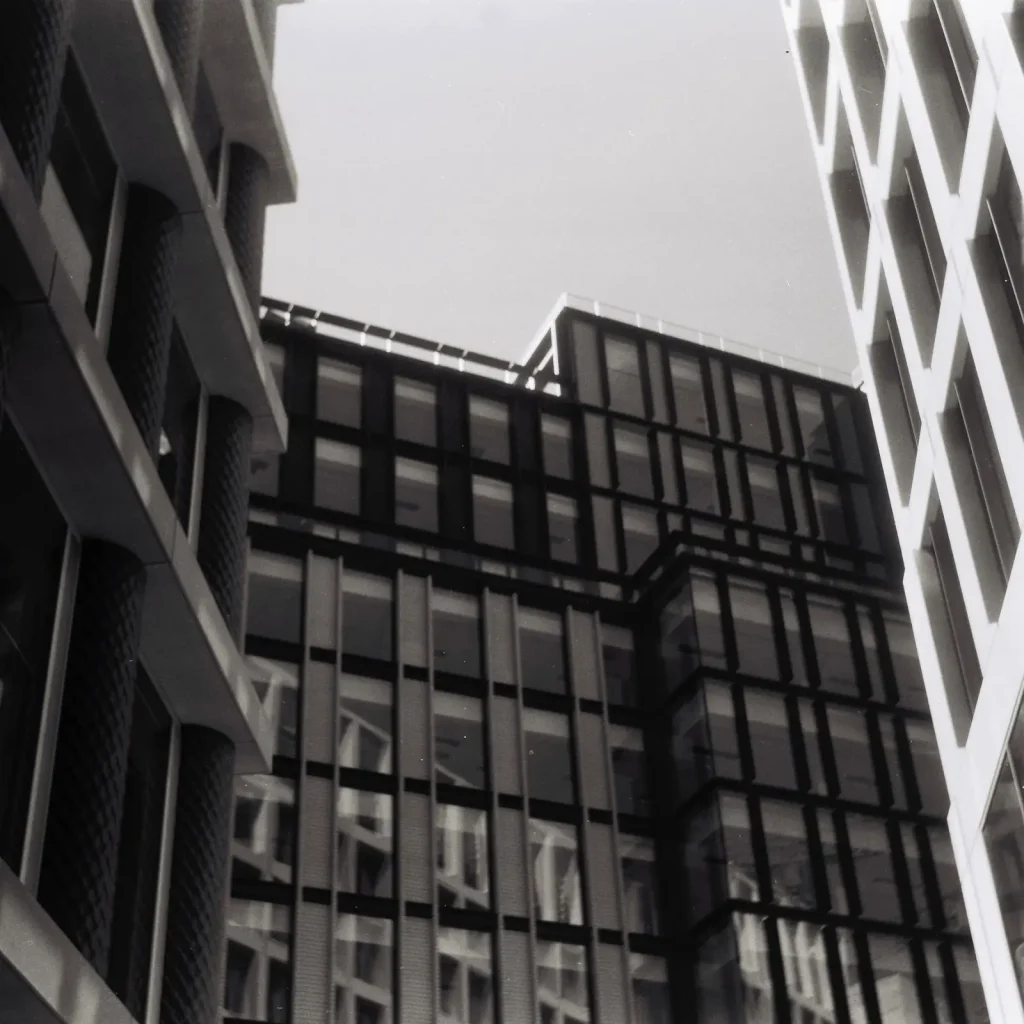
Mine is the AGFA Isolette i, seemingly a basic entry model with a simple triplet f4.5 Agnar lens and Vario shutter topping at 1/200th. I like it’s focal length of 85mm for 6×6 negatives. I bought it cheaply (£20 maybe) in 2015 primarily for a trip to the Isle of Arran in Scotland, as I thought this would be the ideal opportunity to try out medium format. I did an initial test run in London with Ilford HP5, my first ever roll of 120 film. The condition of the bellows are always a worry when buying one of these. I think mine are relatively sound; light leaks generally seem to be limited to my first experiences which I have put down to novice handling of rollfilm.
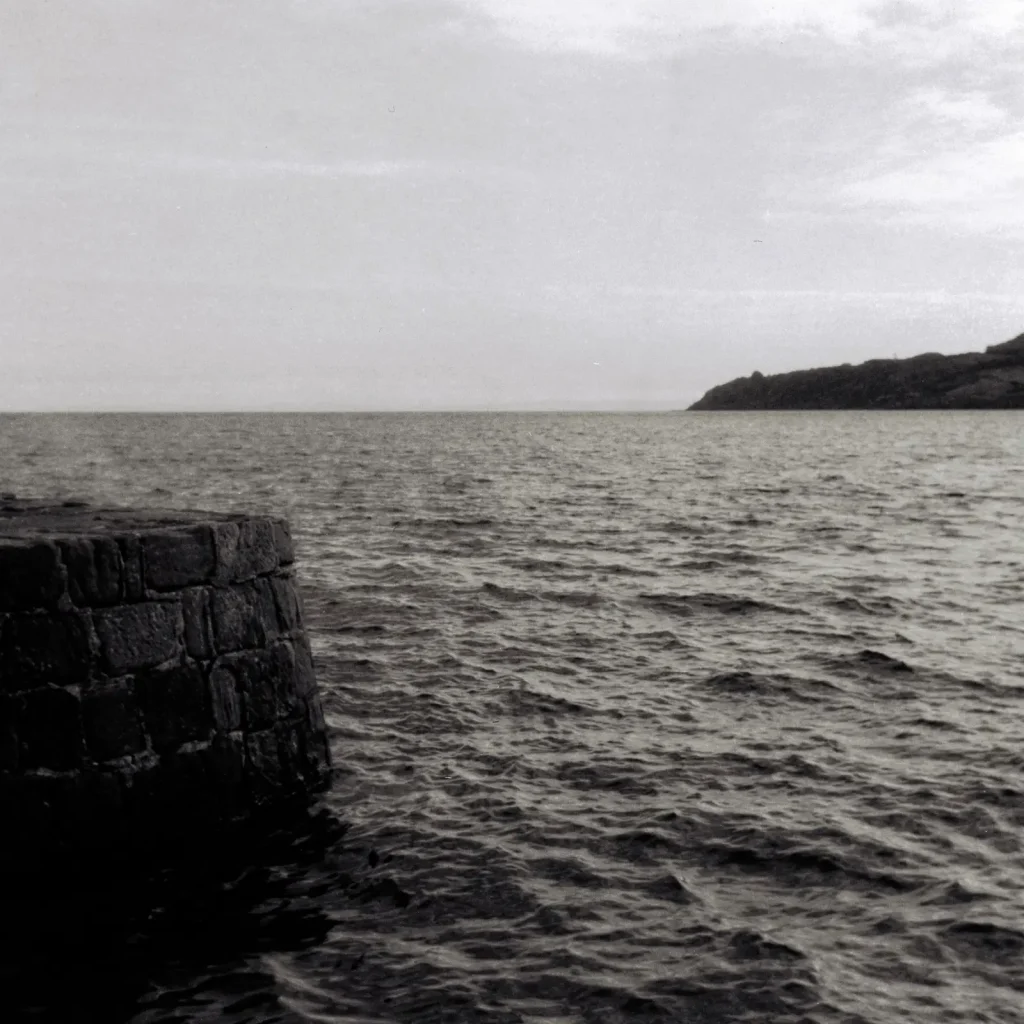
I guess this post represents my five favourite Isolette photographs thus far. The lens is not particularly sharp, but I don’t mind that, even try to utilise that fact i.e a different way of thinking about photography. I tend to use ‘top’ shutter speeds and smaller apertures for maximum depth of field, zone focus if you like. Sunny 16 rule for exposure. Keep it simple is best with the Isolette.
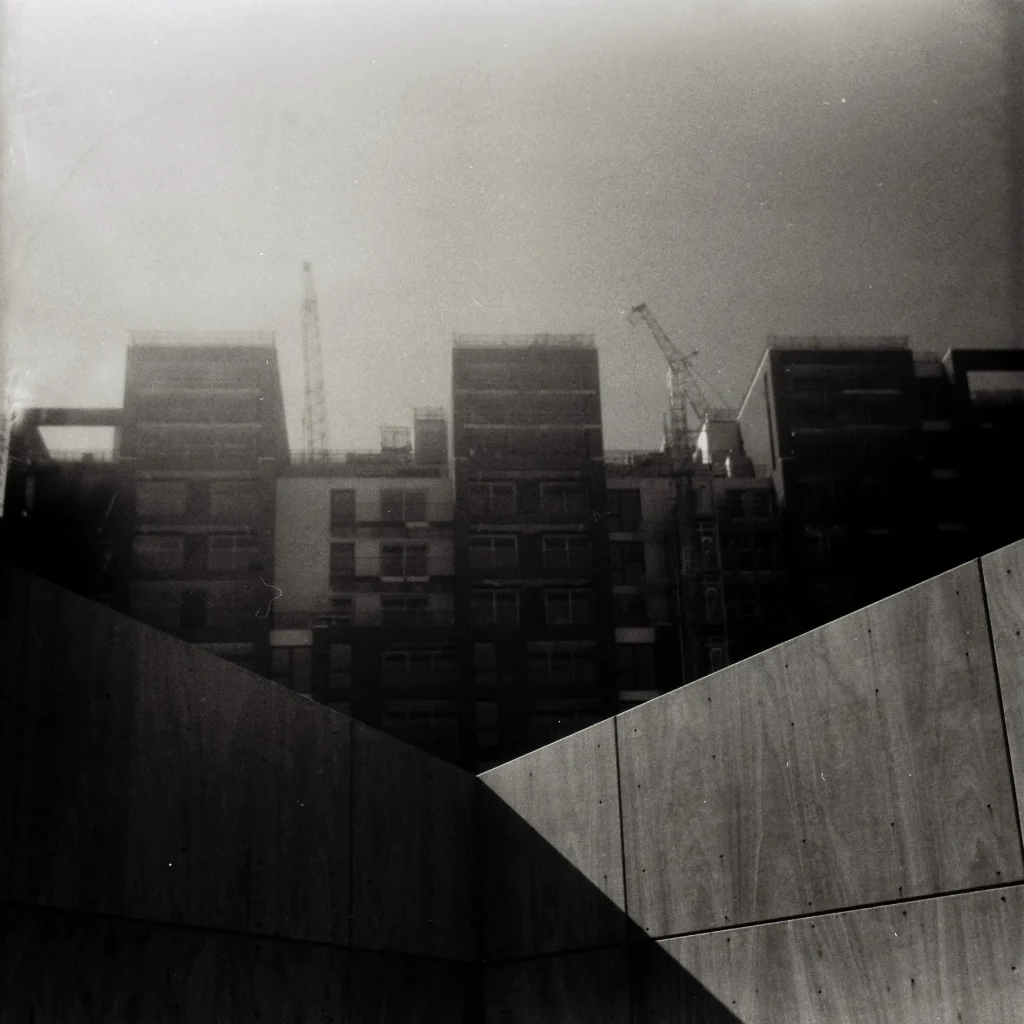
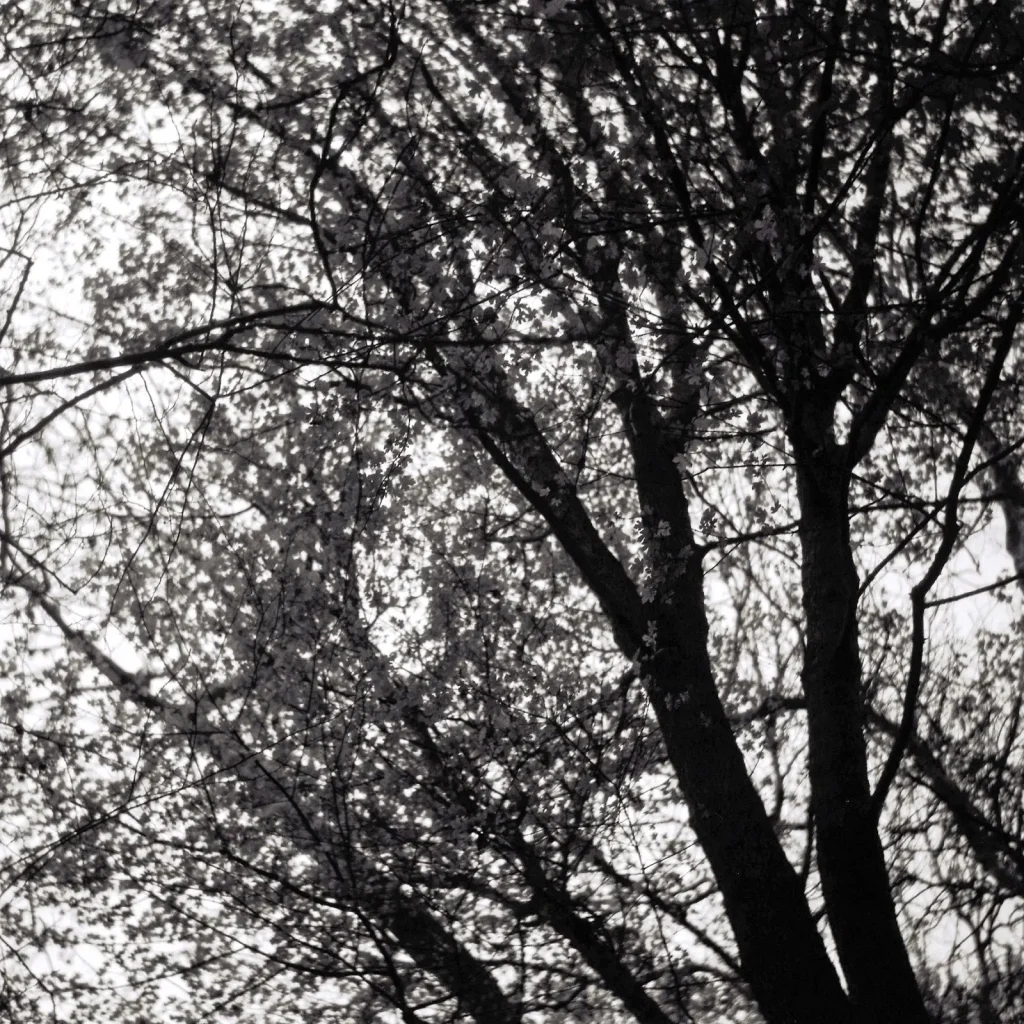
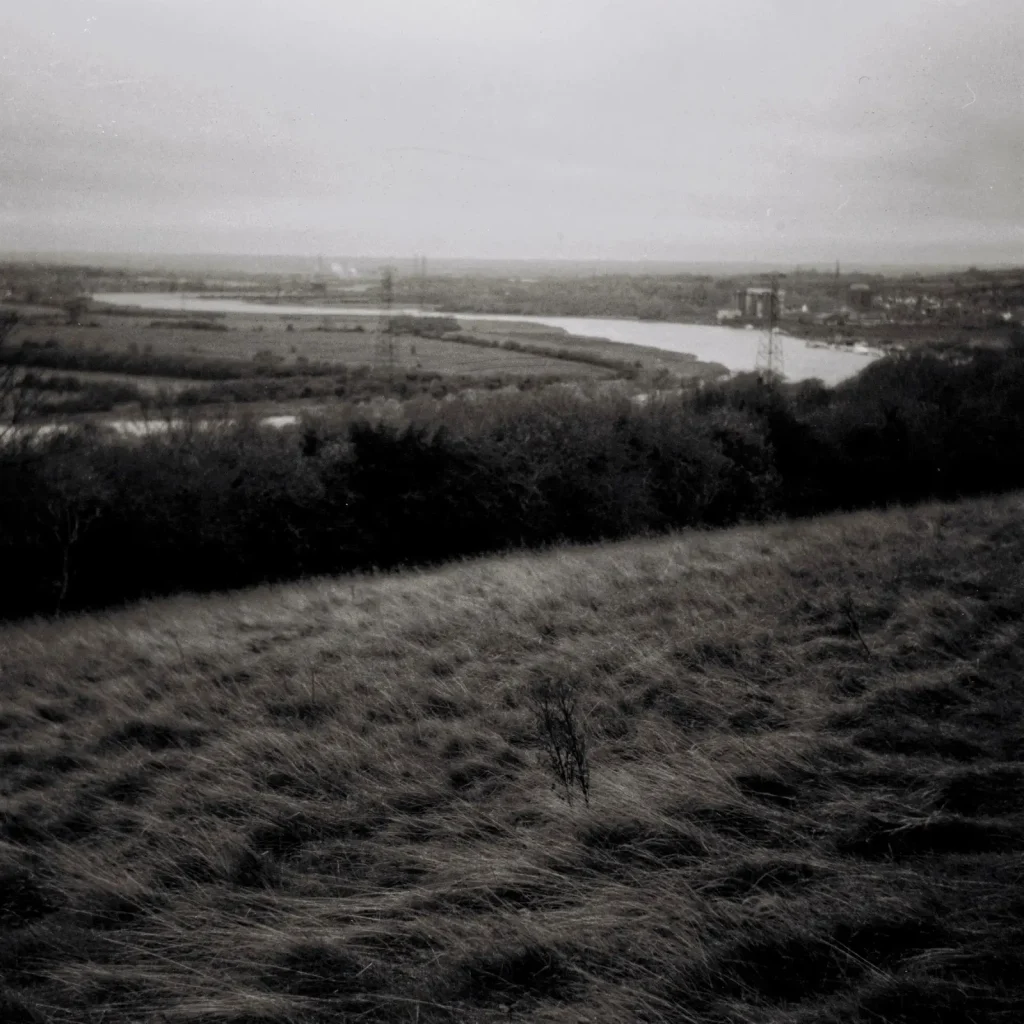
I have only put b/w film through my AGFA Isolette, but now that my Pentax 6×7 has moved on to a new owner, I really should use up all the Portra in my fridge. Is this film too ‘good’ for such a basic camera? Only one way to find out! Of course I could get a top of the range bellows such as the Super Isolette or another make altogether. I really like using bellows cameras. I appreciate their simplicity, ease of use, pocket-ability and the fact that they are old vintage gear being given a new life. Indeed, as a fan of Agfa, I’m thinking I should really be seeking to acquire the Isolette’s 35mm folding cousin, the Solinette – but that’s another story.
Anyone else like these folders? Cheers, Rock
Some of my stuff at www.rocksreflex.com
Share this post:
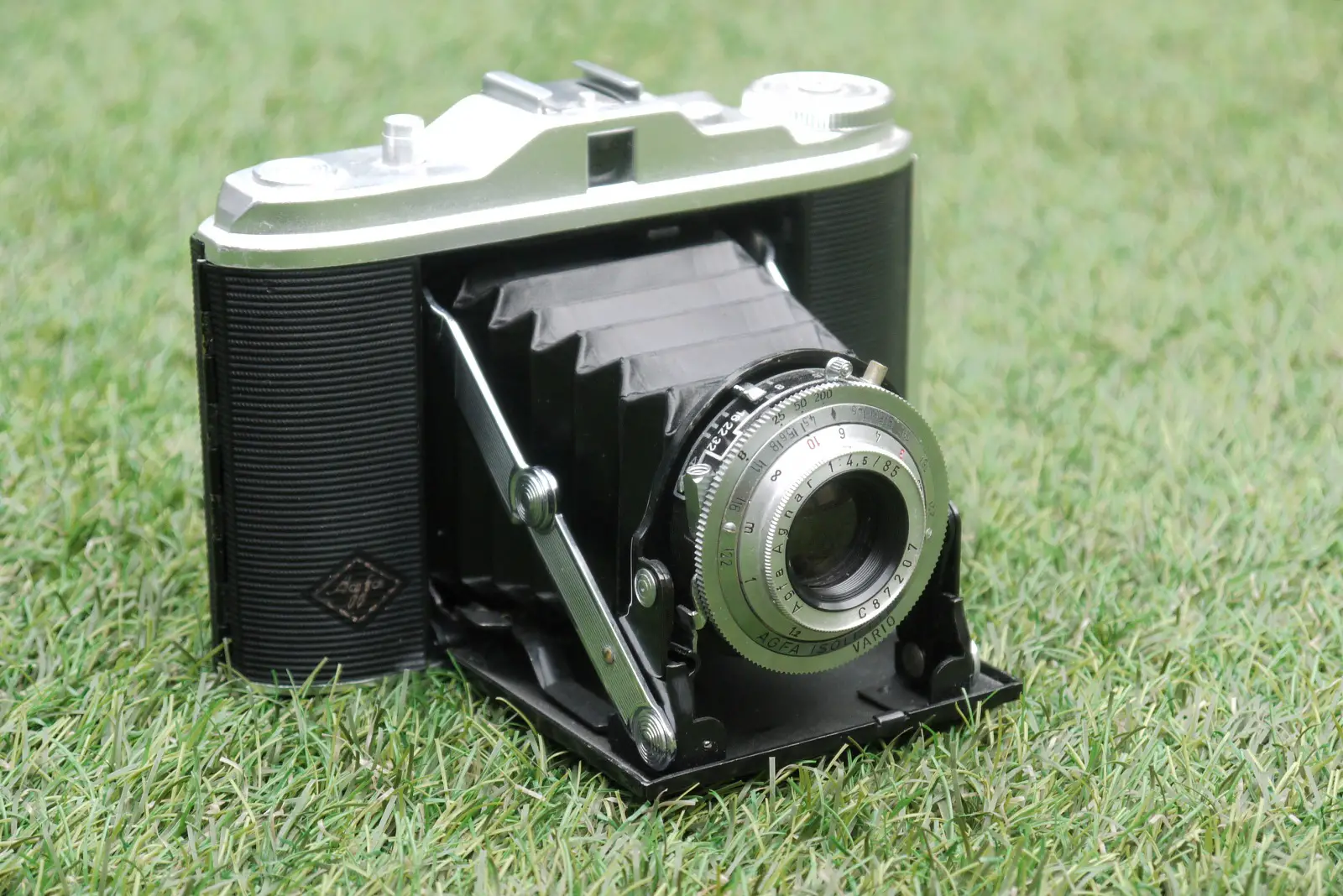
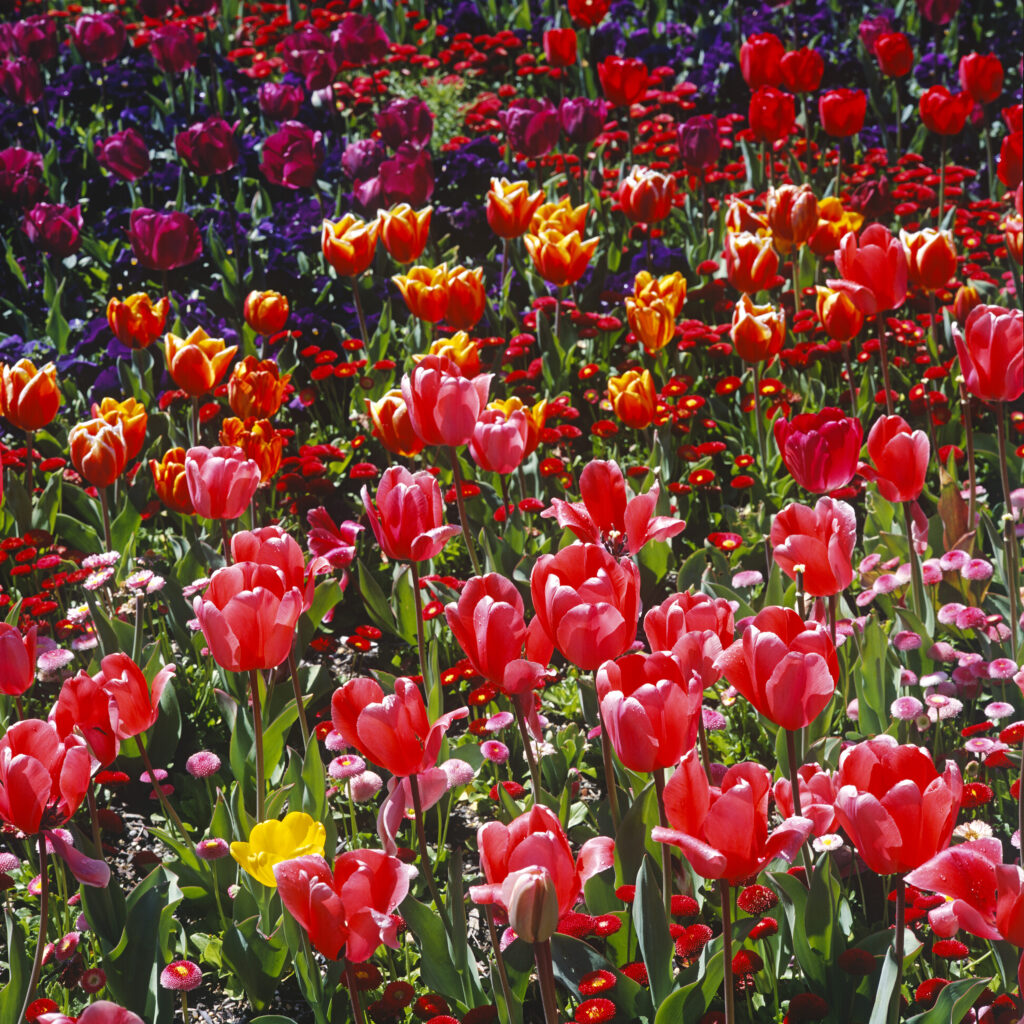
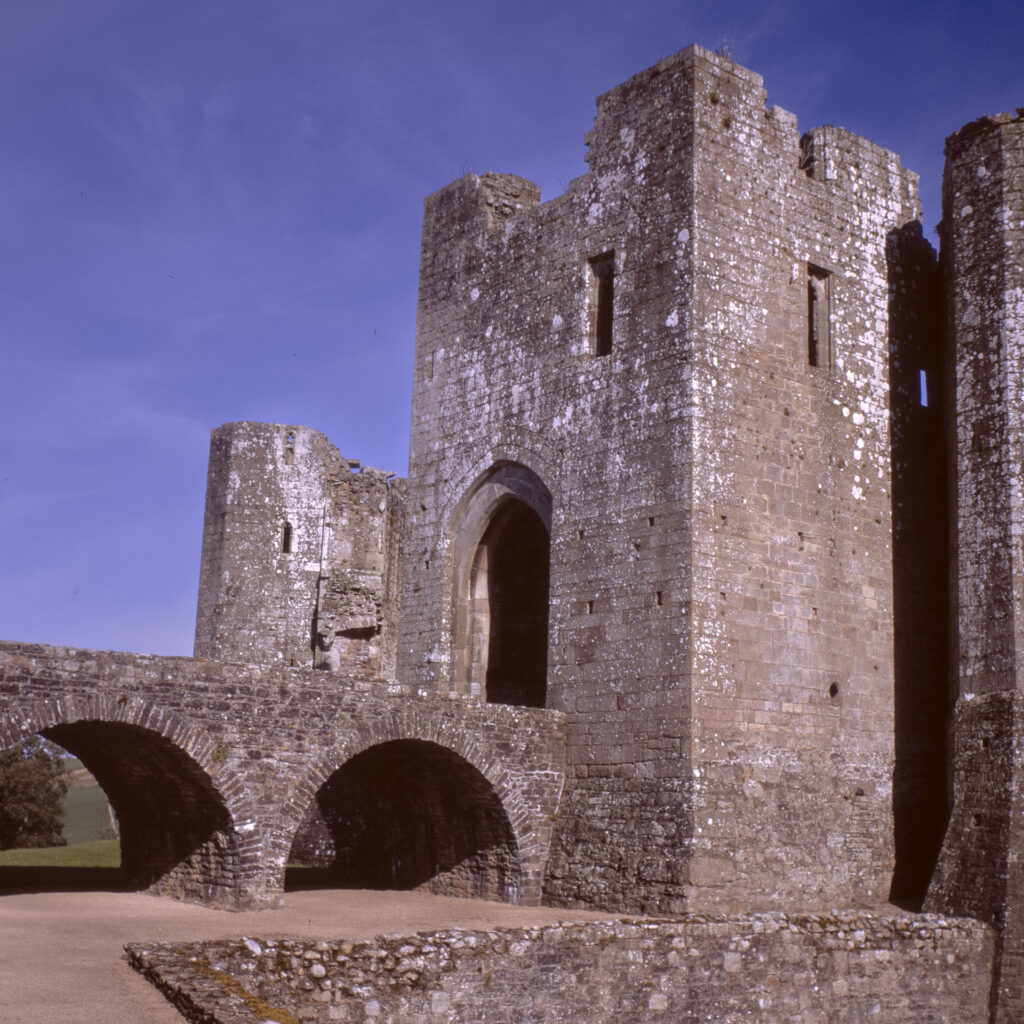
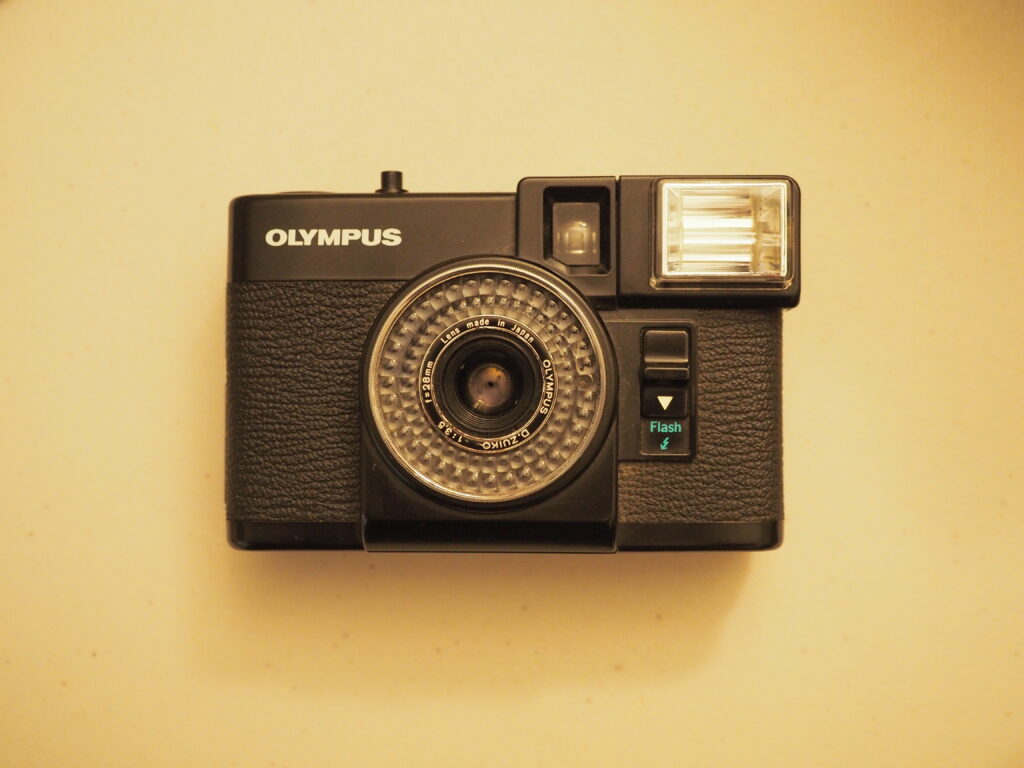
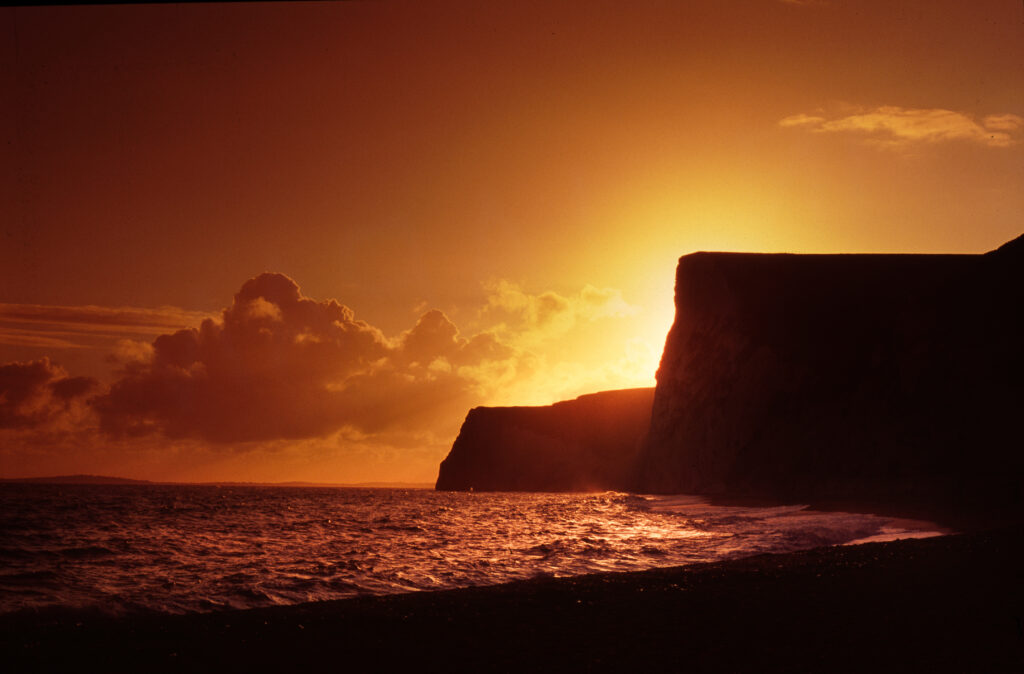




Comments
Richard on 5 Frames with an AGFA Isolette – By Rock
Comment posted: 28/05/2020
Comment posted: 28/05/2020
William on 5 Frames with an AGFA Isolette – By Rock
Comment posted: 28/05/2020
Comment posted: 28/05/2020
Stuart Clarke on 5 Frames with an AGFA Isolette – By Rock
Comment posted: 28/05/2020
Comment posted: 28/05/2020
Roger B on 5 Frames with an AGFA Isolette – By Rock
Comment posted: 28/05/2020
Comment posted: 28/05/2020
Zvonimir on 5 Frames with an AGFA Isolette – By Rock
Comment posted: 28/05/2020
Tip, if more resolution is needed: stop the lens down to f11.
Hank on 5 Frames with an AGFA Isolette – By Rock
Comment posted: 28/05/2020
It also makes great photos which can rival my Hasselblad. And it’s a lot lighter to carry around.
The big downside to the Agfa folders is the poor state of the bellows - Agfa used very cheap material and most of them now have holes. I had those replaced on my copy, and it should be good to go for years and years.
Gorpalm on 5 Frames with an AGFA Isolette – By Rock
Comment posted: 28/05/2020
Comment posted: 28/05/2020
Andrew Karlson on 5 Frames with an AGFA Isolette – By Rock
Comment posted: 28/05/2020
Comment posted: 28/05/2020
Donald Qualls on 5 Frames with an AGFA Isolette – By Rock
Comment posted: 29/05/2020
Eric Auer on 5 Frames with an AGFA Isolette – By Rock
Comment posted: 29/05/2020
Thanks for the article, Isolettes are great cameras and very fun and easy to use.
Adrian Cullen on 5 Frames with an AGFA Isolette – By Rock
Comment posted: 31/05/2020
Comment posted: 31/05/2020
Ben Garcia on 5 Frames with an AGFA Isolette – By Rock
Comment posted: 03/06/2020
Comment posted: 03/06/2020
Nick Hood on 5 Frames with an AGFA Isolette – By Rock
Comment posted: 13/12/2020
Comment posted: 13/12/2020